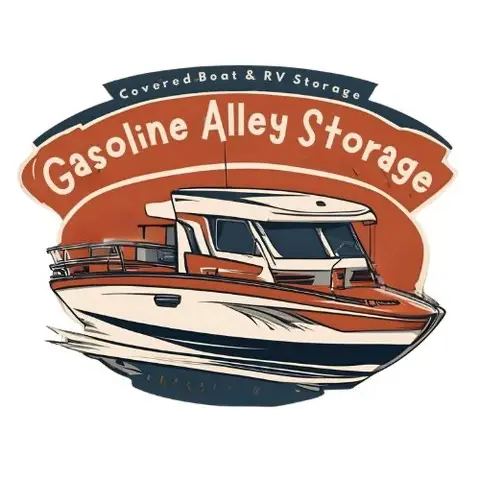Best Practices for Storing Your RV in the Southern Heat
Storing your RV in the South comes with unique challenges due to the intense heat, high humidity, and strong UV exposure. Proper storage techniques can protect your investment and prevent costly damage. Here are the best practices for storing your RV in a hot southern climate.
1. Choose the Right Storage Location
Covered Storage vs. Outdoor Parking: If possible, opt for covered or indoor storage to shield your RV from direct sunlight. If uncovered storage is your only option, invest in a high-quality, UV-resistant RV cover.
Shaded Areas: Parking your RV under trees might seem like a good idea, but falling branches, sap, and increased humidity can lead to problems. If you must park in a shaded area, check for these risks.
2. Protect Your RV’s Exterior
Use a UV-Protectant Wax: Apply a protective wax coat to your RV’s exterior to prevent paint and fiberglass from fading or cracking.
Invest in a Quality RV Cover: A breathable, UV-resistant cover helps protect against sun damage while allowing moisture to escape, reducing the risk of mold.
Tire Protection: Sun exposure can cause tires to dry rot. Use tire covers and park on a solid surface (like concrete) rather than dirt or grass to prevent moisture buildup.
3. Maintain Your RV’s Interior
Use Reflective Window Covers: Sunshades or reflective window covers can significantly reduce interior temperatures and prevent fading of upholstery.
Ventilation Matters: Leave roof vents slightly open (with vent covers installed) to allow airflow and reduce heat buildup.
Remove Perishables: Take out all food items to prevent attracting pests and causing bad odors.
4. Prevent Battery and Electrical Issues
Disconnect Batteries: Heat can drain batteries faster. Disconnecting them and using a trickle charger can extend battery life.
Turn Off Power Sources: Unplug all electronics and turn off the propane to prevent power drain and fire hazards.
5. Control Humidity and Mold Growth
Use Moisture Absorbers: Products like DampRid or silica gel packets can help absorb excess moisture inside the RV.
Run a Dehumidifier: If you have access to electricity, a small dehumidifier can keep humidity levels in check.
6. Keep Pests Out
Seal Entry Points: Inspect and seal any gaps or holes where rodents and insects could enter.
Use Pest Deterrents: Place mothballs, peppermint oil, or dryer sheets in cabinets and storage areas to deter pests.
7. Prepare for Severe Weather
Secure Your RV: In hurricane-prone areas, use wheel chocks, tie-downs, and ensure the RV is on level ground.
Check Insurance Coverage: Ensure your RV insurance policy covers weather-related damages common in southern climates.
Final Thoughts
Taking these precautions can help keep your RV in excellent condition despite the challenges of southern heat and humidity. Regular inspections and maintenance will ensure that when you’re ready to hit the road, your RV is too!
